Travellers to the EU’s Schengen zone who do not require a visa will in future need to fill in a form ahead of their travel.
New rules making the future European Travel Information and Authorisation System (ETIAS) compatible with other EU information systems have come into force this week, the European Commission announced. ETIAS is scheduled to start by the end of 2022.
Once the new system is in place, non-EU citizens travelling to the Schengen area who do not need a visa will need to register and obtain an authorisation before travelling. This is similar to the US system ESTA, which is in operation since August 2008.
Check against databases
ETIAS will cross-check travellers against EU information systems for internal security, borders and migration before they make their trip to Europe. The system aims to identify ahead of time people who may pose a risk to security or health, as well as compliance with migration rules, the Commission said.
The rules entering into force this Tuesday detail how ETIAS will work with other EU information systems it will query when conducting checks, namely the Entry/Exit System, the Visa Information System, the Schengen Information System and a centralised system for the identification of Member States holding conviction information on non-EU nationals. The set-up of ETIAS forms part of the EU’s ongoing work to put in place an external border management system.

Photo: Shutterstock
The rules that apply to travellers from non-EU countries who require a visa will not change, and no new visa requirements for nationals from countries that are visa-exempt are to be introduced. Visa-exempt non-EU nationals would only need a few minutes to fill in an online application which in a vast majority of cases (expected to be over 95 percent) woukld result in automatic approval, the Commission pointed out, calling the new process “simple, fast and affordable”.
Cost and validity
The ETIAS authorisation will cost travellers 7 euros and be valid for three years, allowing for multiple entries to the Schengen area. In the vast majority of cases, a travel authorisation is to be issued within minutes of sending the form. However, where further checks on the traveller are deemed necessary, the issuing of the travel authorisation could take up to 30 days.
The authorisation will be checked together with other travel documents by the border guards when crossing an EU border. According to the EU, the prior verification of travellers is to facilitate border checks, avoid bureaucracy and delays for incoming people, ensure a coordinated and harmonised risk assessment of third-country nationals and “substantially reduce” the number of refusals of entry at border crossing points.






